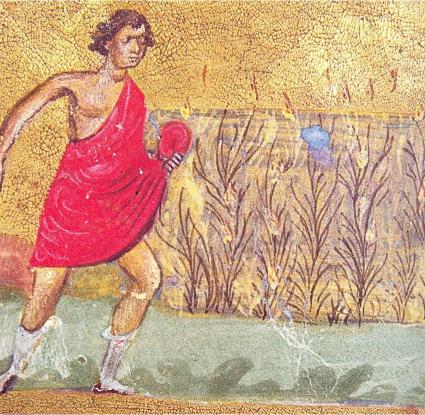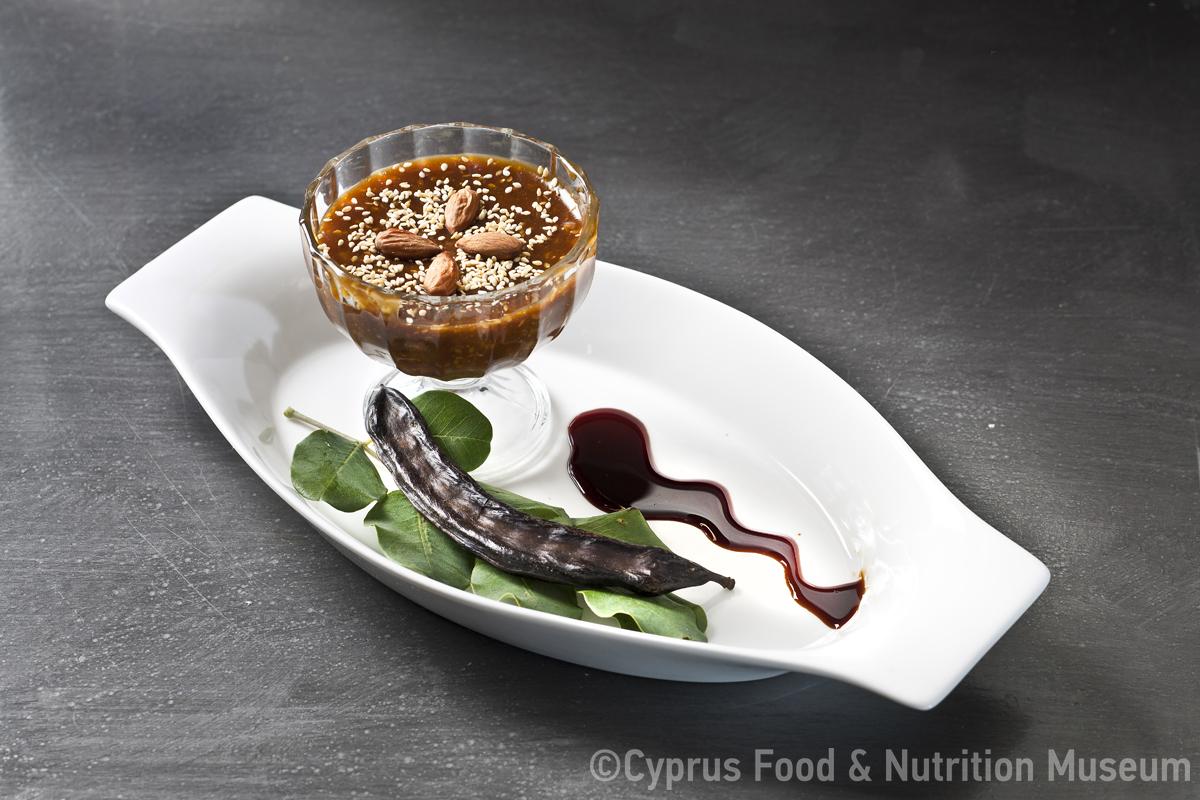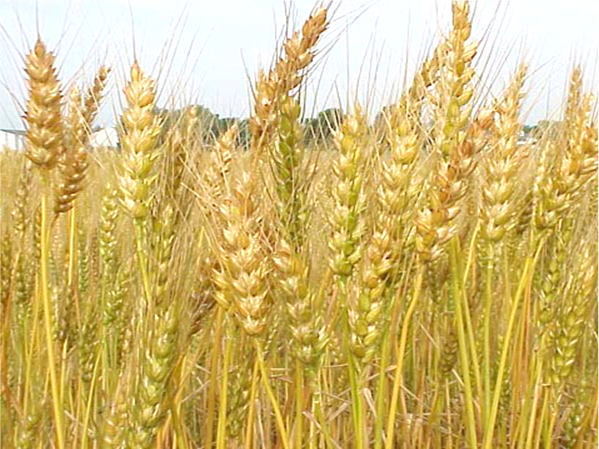In the 10th century, Syrian merchants used to visit Cyprus to purchase wheat and other products.
Name - Origin
Σίτος, σιτάρι.
Functional and symbolic role
The main ingredients in kollyva (also kollyfa) offered at memorial services were (and still are) boiled wheat along with pomegranate, coriander and nuts.
Additional information and bibliography
Arab sources indicate that during the late 7th and throughout the 8th century, Cyprus was the point of entry to Byzantine territory for those coming from Syria, while there is also mention of instances where Cypriot merchants were travelling from Kitio to Syria. In the 10th century, Syrian merchants used to visit Cyprus to purchase wheat and other products. Moreover, in the 'miracles of St. Nicholas Myron' there is mention of wheat exports from Cyprus to Constantinople (Gerolymatou 2008, p. 126).
M. Gerolymatou (2008) Αγορές, Έμποροι και Εμπόριο στο Βυζάντιο (9ος-12ος αι.). Athens: National Research Foundation. D. Papanikola-Bakirtzi (2002) Καθημερινή Ζωή στο Βυζάντιο, Athens.
Athanasios Vionis





